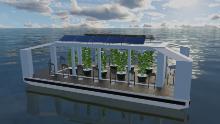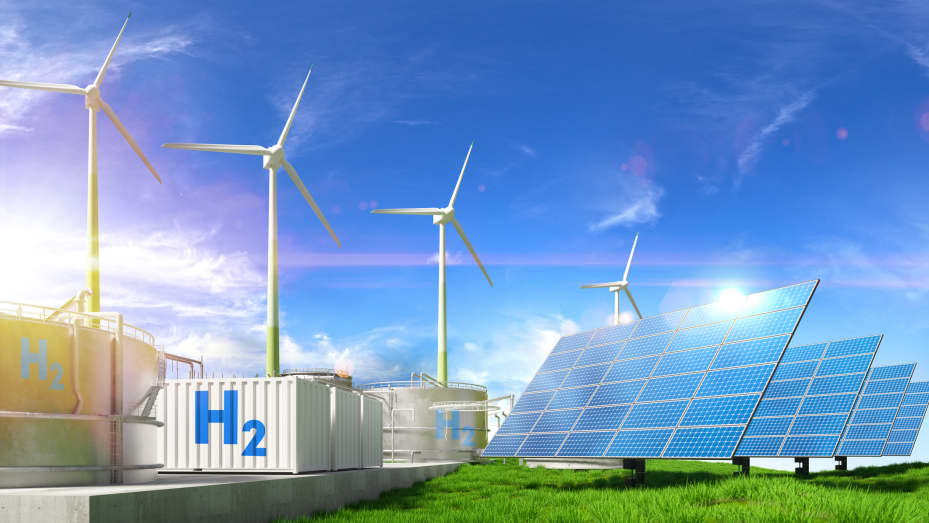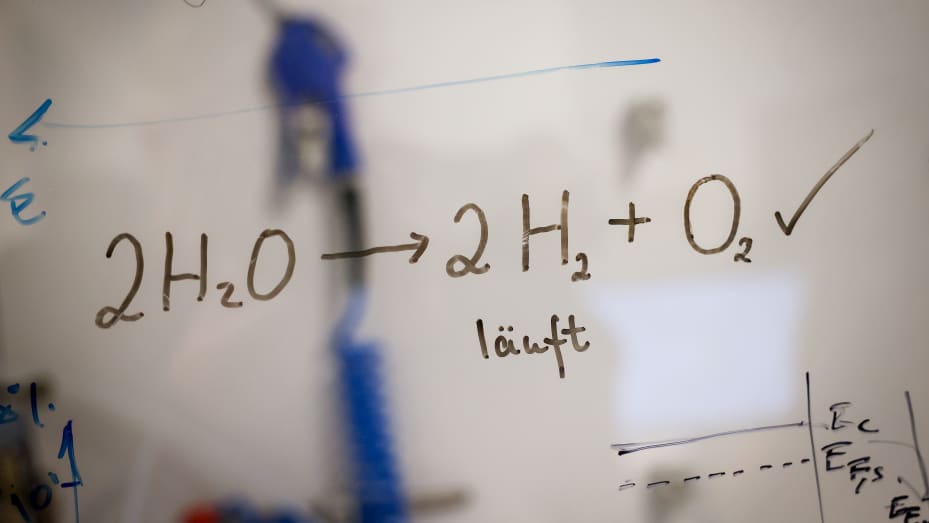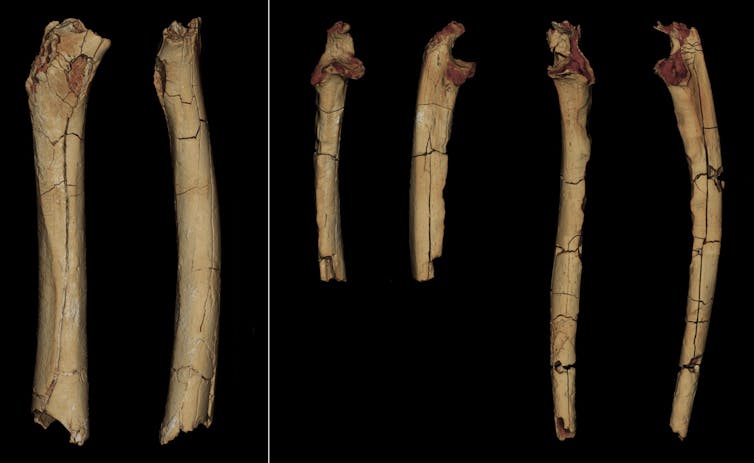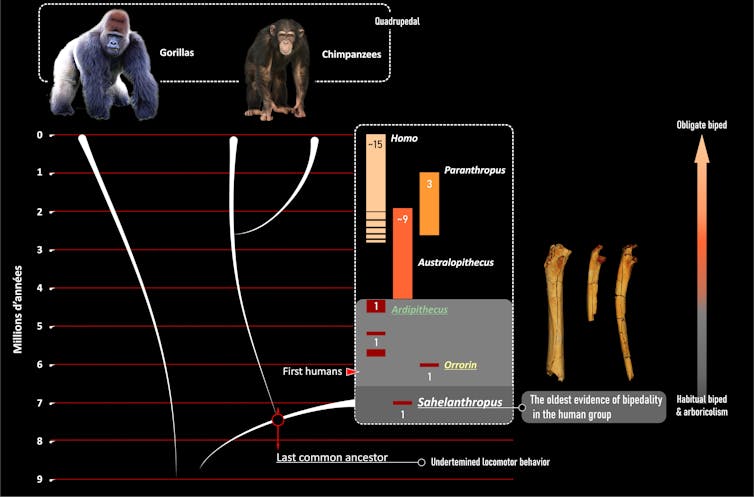"We feel like this is the only thing we can do," said one nurse. "Hospitals tell us it's our fault, but we've been actively involved and getting nowhere."

Nurses at Children's Minnesota and United Hospital in St. Paul were among some 15,000 nurses in the Twin Cities and Twin Ports who walked off the job on September 12, 2022 for a three-day strike.
JESSICA CORBETT
About 15,000 nurses in Minnesota walked off the job on Monday for a historic three-day strike after months of failed contract negotiations during the Covid-19 pandemic.
"I can't give my patients the care they deserve."
Members of the Minnesota Nurses Association (MNA) last month voted overwhelmingly in support of what the union says is the "largest private sector nurses strike in U.S. history."
Nurses with MNA argue that hospital executives who make millions of dollars per year "refuse solutions to short-staffing, retention, and better patient care."
Strikers carried signs highlighting their frustration. Messages included: "Patients before profits," "Put an end to corporate healthcare," and "The frontline is fed up with excuses!"
Chris Rubesch, MNA vice president and a nurse at Essentia Health in Duluth, told The Washington Post that "I can't give my patients the care they deserve."
"Call lights go unanswered. Patients should only be waiting for a few seconds or minutes if they've soiled themselves or their oxygen came unplugged or they need to go to the bathroom, but that can take 10 minutes or more," he explained. "Those are things that can't wait."
Minnesota Reformer reports that in addition to demanding staffing fixes and more paid sick and parental leave, nurses seek a "30% wage increases over the next three years. Hospitals have countered with around 10% increases over three years and say they can't afford to go any higher."
The outlet noted that "nurses at Essentia Health's Moose Lake Clinic, who have been negotiating a first contract for two years, were also set to strike but decided on Sunday night to hold an informational picket instead."
At the 15 hospitals in the Twin Cities and Twin Ports where nurses did strike on Monday, participants and supporters shared updates on social media.
Along with various local and state-level officials, including Minnesota Attorney General Keith Ellison, national political figures also expressed solidarity with the striking nurses—whose action comes amid resurgence of the U.S. labor movement.
"I'll be out standing in solidarity with our nurses at Abbott, Children's, and Fairview today!" said Congresswoman Ilhan Omar (D-Minn.), who represents metropolitan Minneapolis. "Come join us and show your support."
Backing their fight for "safer care, fair scheduling, and higher wages," U.S. Sen. Bernie Sanders (I-Vt.). tweeted that "nurses are the backbone of our healthcare system. They understand what's best for their patients."
Spokespeople for Allina Health and Twin Cities Hospital Group, two of the systems where workers walked out, blamed the nurses for the impacts of the strike, pointing out to the Post that they have refused to go to mediation. But striking nurses say the walkout was forced by intractable management.
"We're really sad and disappointed that it has come to a strike," Brianna Hnath, a nurse at North Memorial in Robbinsdale, told the newspaper. "But we feel like this is the only thing we can do to show administration how incredibly important a strong nursing core is to a hospital. Hospitals tell us it's our fault, but we've been actively involved and getting nowhere."
Our work is licensed under Creative Commons (CC BY-NC-ND 3.0). Feel free to republish and share widely.


